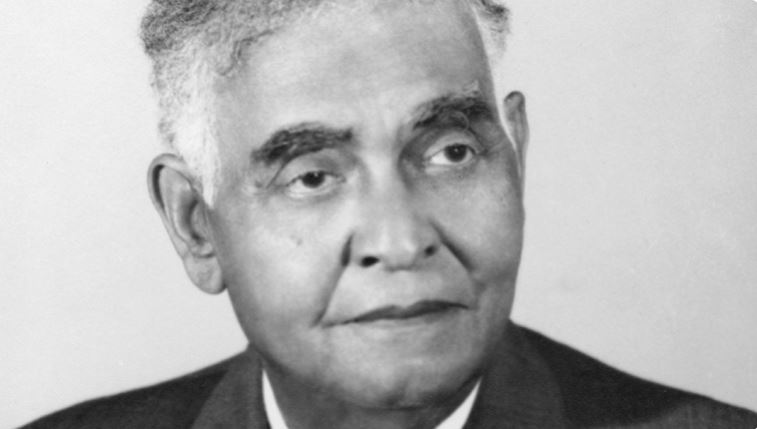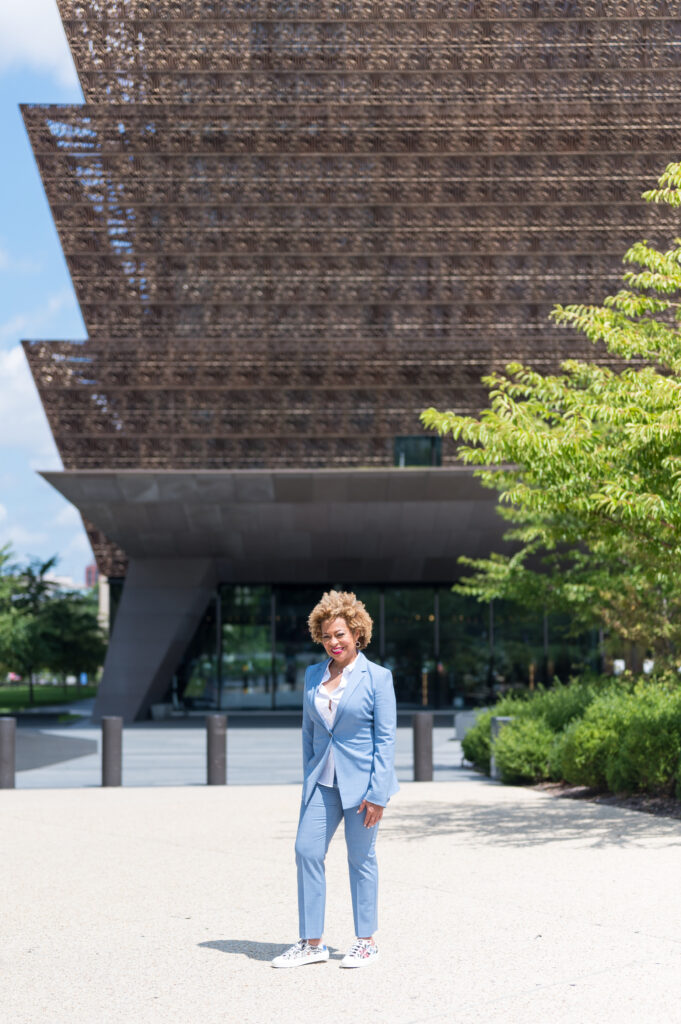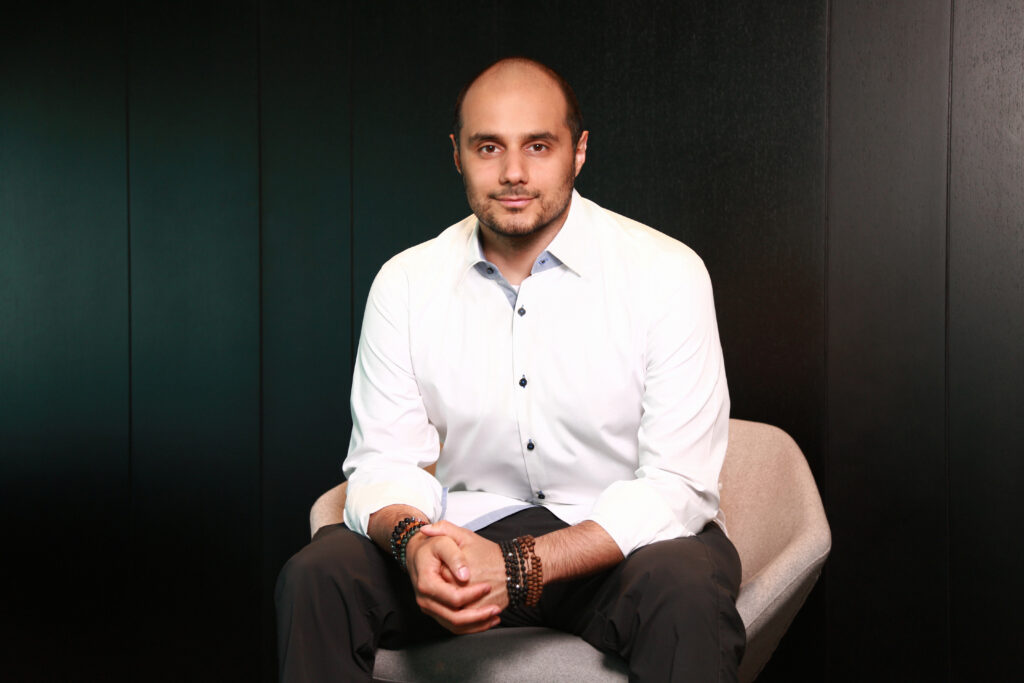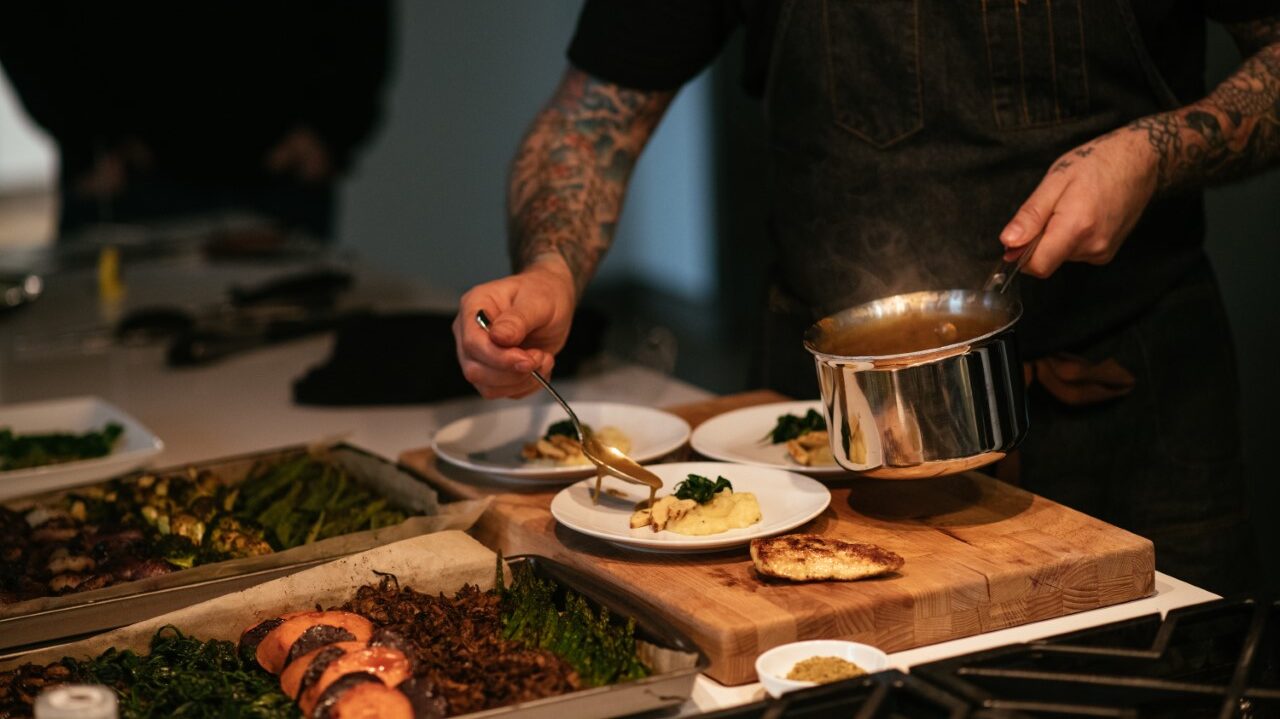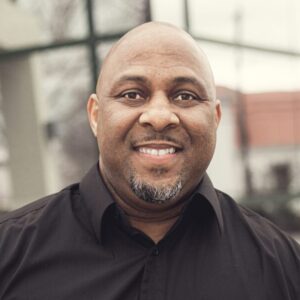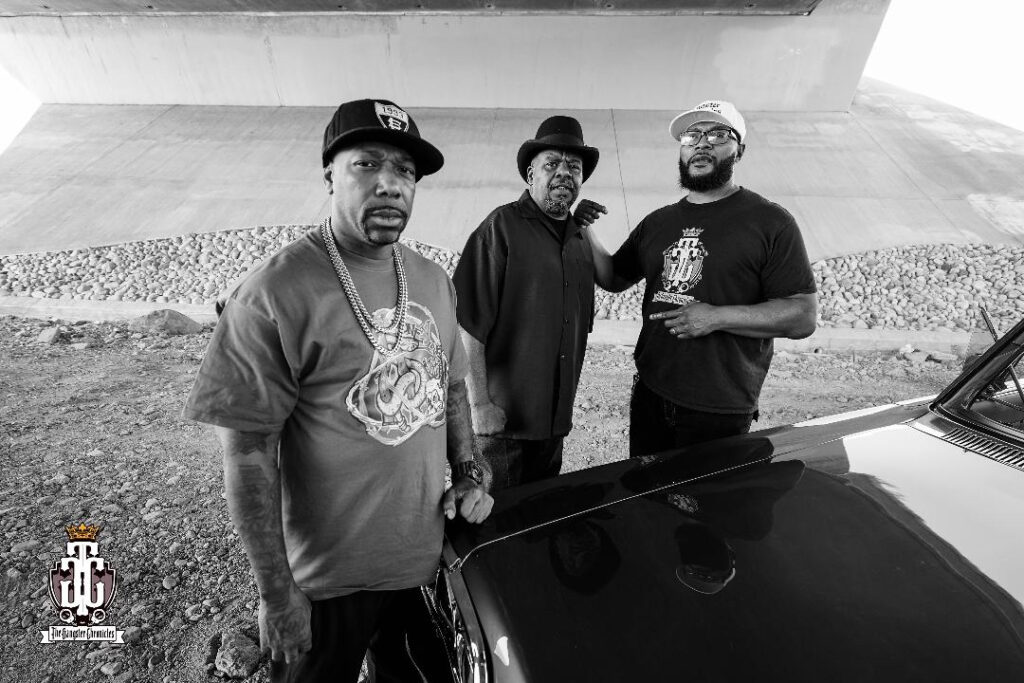Obituary: Sidney Frederick Herndon
When Sidney and Essie Herndon welcomed their firstborn child in the spring before America entered World War II, they gave the glory to God and began pouring their love and attention into raising little Sidney in the small town they called home.
What the young couple may not have realized is that their son would usher in an extraordinary family legacy. That he would make history and distinguish himself as an outstanding leader and advocate, remarkable innovator, fount of soft-spoken wisdom, and exemplar of Black dignity and achievement before it was commonly recognized and celebrated.
Sidney Frederick Herndon was born March 30, 1941 in Broken Bow, Oklahoma. He was known as a precocious child who was always ready to accept the most adult responsibilities — a standing in life that was encapsulated in his parents’ decision to move west while Sidney was a student at Bing High School in Ada, Oklahoma: hardly old enough to possess a license, the teenager drove what had become a very large family most of the way to California.
The Herndons put down roots in San Bernardino, where Sidney — the eldest of 11 children — graduated from San Bernardino High School in 1957. He began studying to become a psychiatric technician immediately following high school, starting a lifelong career in mental health that began at Patton State Hospital and led to a decade at Camarillo State Hospital, where he became nursing coordinator; and then spent five years as program director, and then spent five years as program director for acute psychiatric patients at Metropolitan State Hospital in Norwalk. Along the way, he earned degrees from Antioch University and the University of the Pacific.
In the summer of 1980, at the age of 39, Sidney became the first African-American in California history named executive director of a state mental hospital — when he assumed the post on an acting basis at Metropolitan. On December 22 of that year, he was named executive director of Atascadero State Hospital, a 1,263-bed facility in San Luis Obispo County. Each hospital he led achieved accreditation.
After retiring from the State of California, Sidney moved to the Midwest and served as deputy director of hospital services in the State of Ohio.
Sidney’s approach to serving people with mental illness and supporting their caregivers was captured in remarks he gave to the San Bernardino Sun newspaper in 1980 — as he advocated for more community-based psychiatric clinics to treat mental illness at earlier stages and possibly prevent hospitalizations.
“State hospitals have a stigma about them,” he said, “and what I would like to do is take it (treatment) into the community and normalize it.”
Outside of his historic career and phenomenal record of professional and community leadership, Sidney never lost sight of what always meant most to him: family. While he was living in Oxnard, his parents entrusted him with caring for two teenage siblings — Willie and Ruben — eager to learn the ways of the world from their older brother.
Fatherhood came naturally to him, and his 1962 marriage to Gayle Cole was blessed with two children, Tina and Eric. He married Caroline Rotherman in [YEAR], a union that brought Timothy, Catherine and Elizabeth into their loving family.
Sidney enjoyed traveling with his family, especially trips to campgrounds with his children. He was a master of the motor home, and once took his parents on a memorable road trip to their Oklahoma hometown to visit relatives and reminisce.
After retiring from the State of Ohio, Sidney and his wife of 15 years, Hazel Simonette Herndon, lived in Trinidad before moving to Corona, California at the end of 2019.
Throughout his life, Sidney modeled a quiet strength and generous spirit that influenced, motivated, and sustained countless people and touched generations of lives.
After his father’s passing, Sidney took his role as family patriarch to heart: he was known to never miss a major function or moment in the lives of his loved ones. He took every occasion as an opportunity to exemplify the values he held dear: Put family at the center. Act with kindness. Be present for one another’s sake. Thoughtfully show what it really means to take care of each other. Lead quietly and confidently with intelligence and grace. Never lose sight of how valuable your mere presence can be for the people you love and who love you.
He was preceded in death by his beloved parents Sidney and Essie; and brothers Brent Astaire Herndon, Freddie Lee Herndon, Willie Cullen Herndon, Ruben Coleman Herndon, and Jerry Lyn Herndon.
Beyond his children and wife Hazel, Sidney is survived by his brothers Myles Edward Herndon and Byron Duryea Herndon (Regina); sisters Beverly Ann Martin, Evelyn Margie Tahiru, and Ida Ruth Martin (George). He will be remembered by a host of nieces, nephews, cousins, and friends who looked to Sidney as a role model, mentor, and style icon — and his memory will be loved and treasured forever.
 Westside Story Newspaper – Online The News of The Empire – Sharing the Quest for Excellence
Westside Story Newspaper – Online The News of The Empire – Sharing the Quest for Excellence
